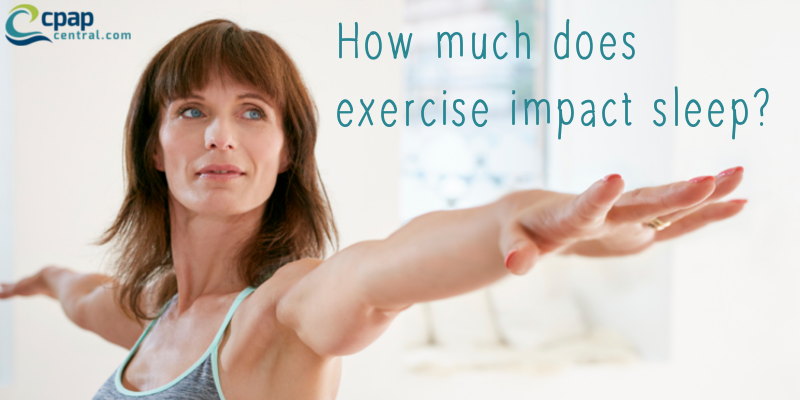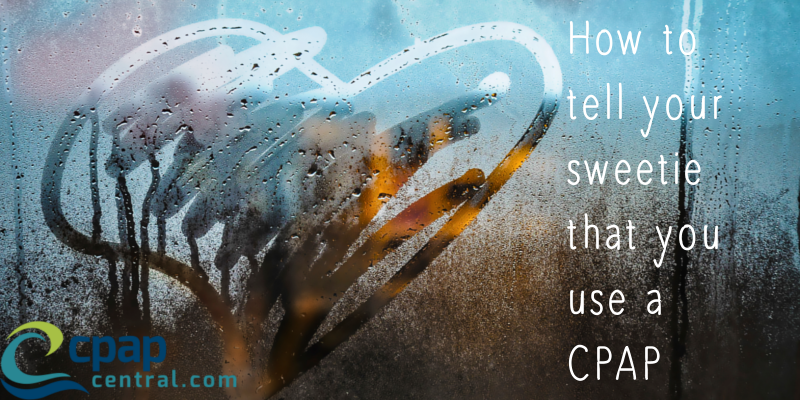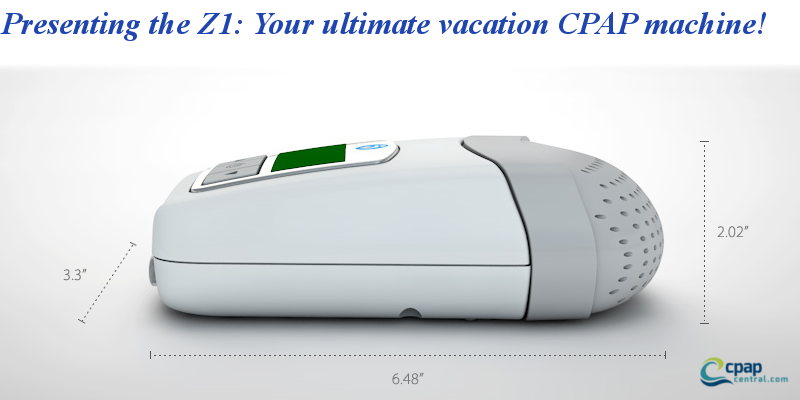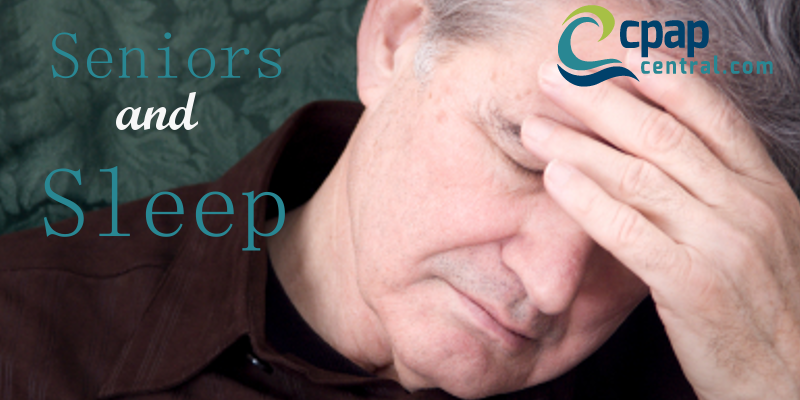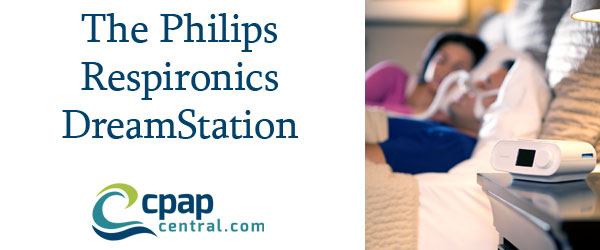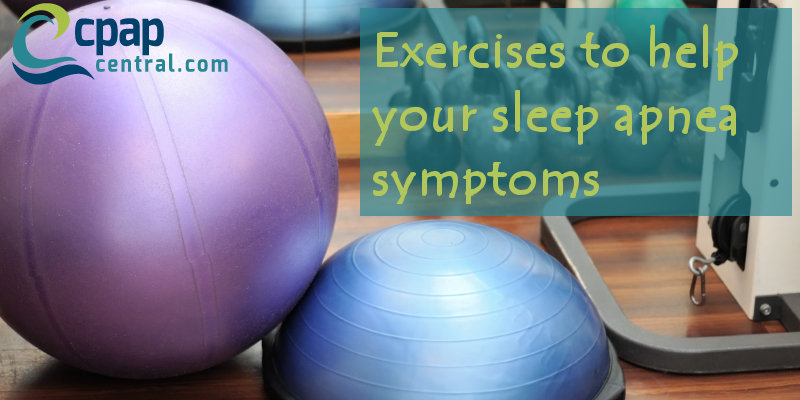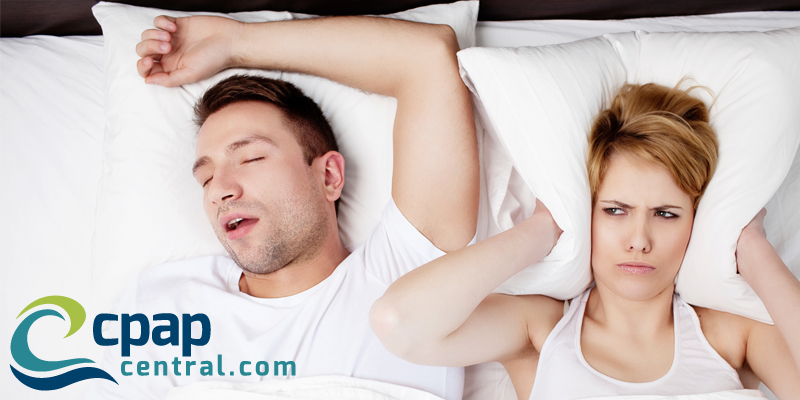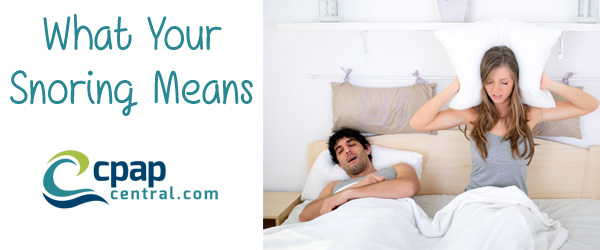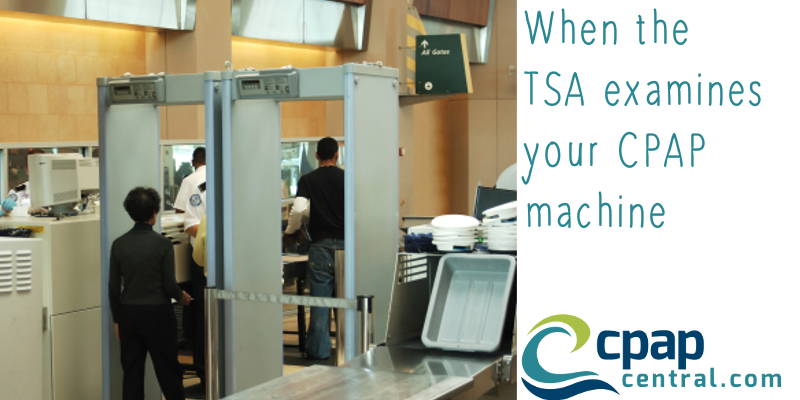
In a blog earlier this month, we encouraged you to consider purchasing a Z1 Travel CPAP Machine for your spring getaway. If you were lucky enough to squeeze in a vacation AND purchase a Z1, then we have some additional advice for you—how to deal with the TSA when you prepare to board your airplane!
The TSA will want to take a close look at your CPAP machine, no doubt about it. But here are some things to expect and prepare for:
- Make sure it’s in your carry-on
I think we’ve all dealt with lost luggage at some point, and you shouldn’t have to go through your vacation groggy because you were deprived of your sleep apnea therapy. Remember, TSA employees have likely seen CPAP machines before, so it’s doubtful they’re going to immediately think you’re up to no good.
- Treat it like a laptop
When you bring a laptop through airport security, the general rule of thumb is that you take the machine itself out of its bag and place it in a separate bin, while leaving its accessories in the laptop bag. You can do the same with the CPAP machine—the CPAP tubes, CPAP masks and other CPAP supplies can be kept in your bag, but the CPAP machine itself will need to be X-rayed by itself in its own separate bin. If you’re worried about germs, you can also place the CPAP machine in a clear plastic bag so it doesn’t touch the bin’s surface.
- They will do an ETD test on your CPAP machine
This stands for Explosive Trace Detection. This test is typically done when the TSA isn’t able to get a clear X-ray image. A TSA official will run a white swab over the surface of your CPAP device to check for trace amounts of explosives. We’re confident you will pass this test.
Even though most people use vacations as an excuse to cheat on their diets, CPAP Central encourages you to not cheat on your CPAP compliance. If you haven’t had a chance yet to purchase a travel CPAP machine, we encourage you to do so!

